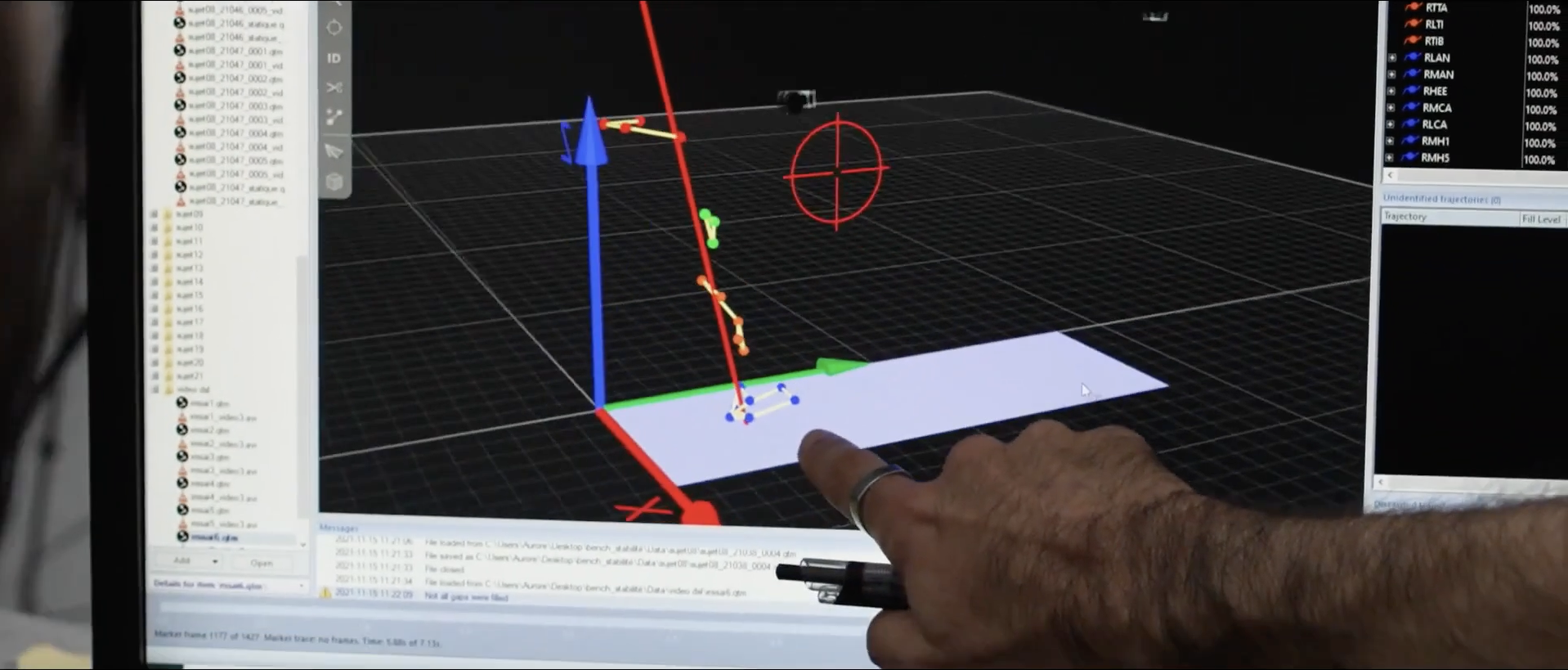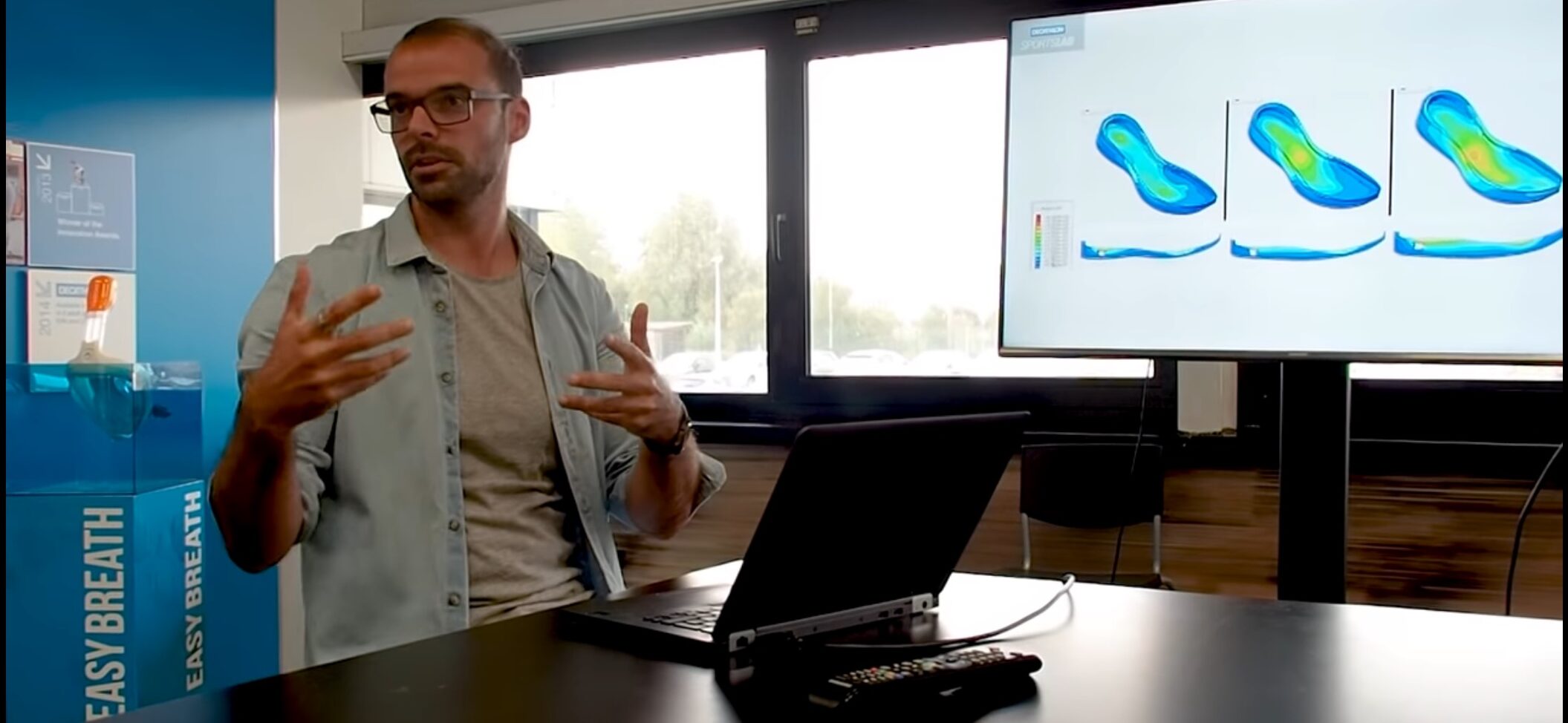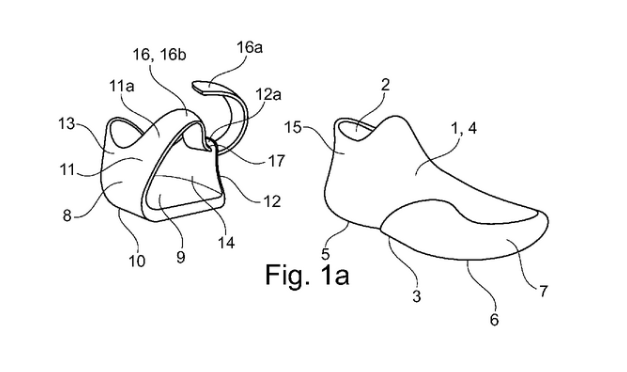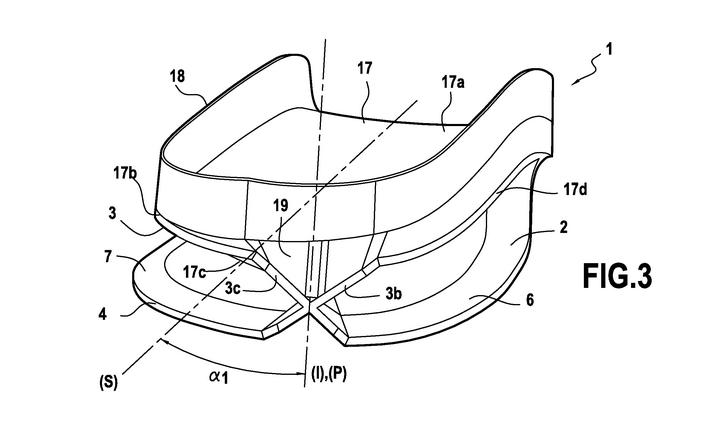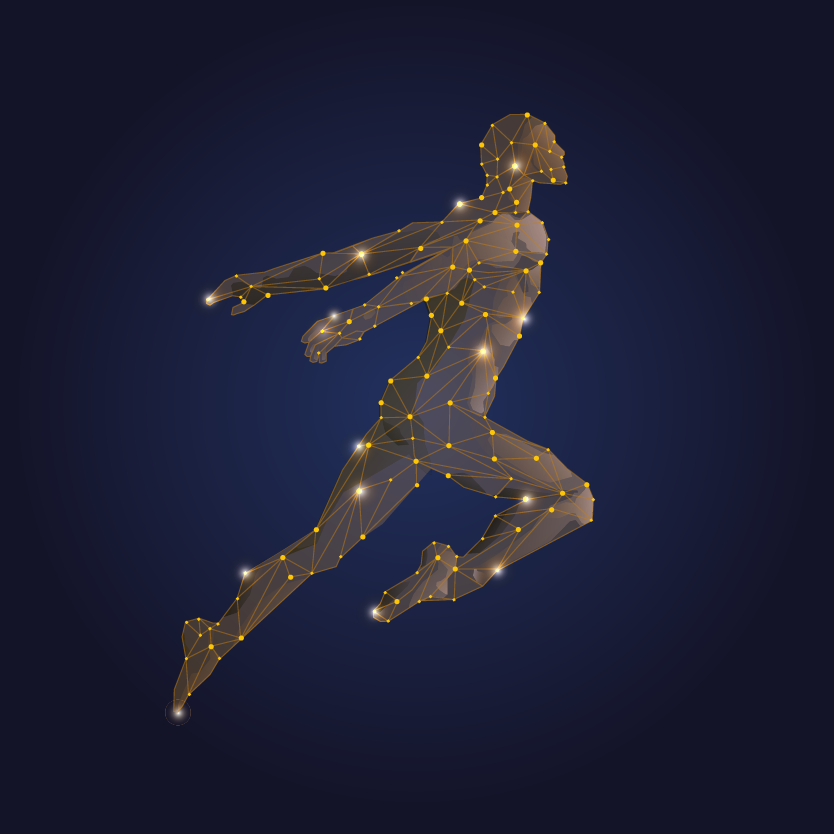Passionné depuis le plus jeune âge par le corps humain et son fonctionnement, je prends aujourd’hui plaisir à contribuer à l’avancée des connaissances sur le sujet et à la conception de produits adaptés.
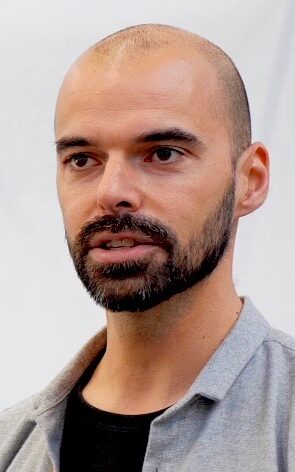
Formation & distinctions
Formation académique
Docteur en Sciences des Activités Physiques et Sportives, spécialiste en Biomécanique.
Distinction
Prix de la Méthodologie “Alex Stacoff” sponsorisé par ASICS pour la présentation réalisée lors du 13e Footwear Biomechanics Symposium (Gold Coast, Australie, 2017).
Domaines de compétences complémentaires
Mécanique : conception de méthodes et caractérisation de produits finis et de matériaux sur bancs d’essais.
Perception : caractérisation sensorielle de produits.
Rôles complémentaires
Membre du Comité Editorial de la revue Footwear Science.
Reviewer régulier pour différentes revues spécialisées : Footwear Science, Medicine & Science in Sports & Exercise, European Journal of Applied Physiology, Gait & Posture, Frontiers, ….
Expériences professionnelles
Ingénieur Recherche & Développement – Decathlon Sports Lab (2009-2022)
Au sein du groupe Decathlon, Sports Lab est le service dédié à la Recherche sur le corps humain.
Mon rôle était d’aider les équipes à concevoir des produits garantissant les bénéfices aux utilisateu·rs·trices en leur apportant les connaissances scientifiques utiles. Ces dernières pouvaient tout autant provenir d’une recherche bibliographique, que de la réalisation de nos propres expérimentations. Mes travaux portaient notamment sur la caractérisation de propriétés mécaniques des chaussures et l’analyse de leurs effets sur le corps humain : incidence de blessures, performance, perception.
En fil rouge, j’ai mené une réflexion au sujet de la recommandation personnalisée à l’utilisateu·r·trice : comment recommander la bonne chaussure à la bonne personne ? Cela m’a amené à mettre deux approches en regard l’une de l’autre : approche centrée sur le groupe d’individus, approche centrée sur chaque individu.
Cette expérience professionnelle m’a amené à collaborer avec des personnes d’expertises variées. Faire preuve d’écoute et de souplesse était pratique courante. Les prestations que j’ai menées étaient toujours dimensionnées sur-mesure pour des projets de taille et de portée variées, impliquant bien souvent une approche interdisciplinaire (biomécanique, mécanique, sensorielle, ingénierie matériaux et produits, podologie, kinésithérapie). Quel que soit le projet, le but était de rendre les livrables compréhensibles pour les équipes de conception et de communication afin de maximiser les chances d’application sur les produits.
Les outils que je maîtrise sont variés :
- Domaine de la biomécanique : système de capture du mouvement, plateforme de force, accéléromètres, semelles de pressions plantaires, centrales inertielles, caméra haute fréquence.
- Domaine de la mécanique : conception de méthodes et caractérisation mécanique de produits finis et de matériaux sur bancs d’essais dynamiques.
- Domaine de la perception : panels entrainés et profil idéal pour la caractérisation sensorielle.
- En transversal : outils d’analyses de données et statistiques.
En parallèle des compétences techniques intrinsèques à l’activité de chercheur, cette expérience m’a permis de développer un ensemble de compétences :
- Guider et faciliter les projets délégués en externe aux Universités et organismes publiques de Recherche en France et à l’étranger.
- Transmettre et former. J’ai notamment co-encadré trois doctorants et des étudiants en Master 2.
- Conseiller les équipes lors de comités de pilotage, lors de l’écriture de plan de Recherche & Innovation et d’exercices de Vision à moyen/long terme.
- Communiquer sur nos activités, aussi bien en vulgarisant pour faire comprendre au plus grand nombre (visites diverses, personnalités publiques, médias, reportages), qu’en maintenant un langage pointu et précis pour échanger entre experts (partenariats, publications et conférences).
- Lever du financement pour la réalisation de projets, aussi bien depuis le réseau interne à Decathlon, que depuis l’extérieur notamment auprès du Ministère de l’Enseignement Supérieur, de la Recherche et de l’Innovation. Je me suis également occupé la gestion du Crédit Impôt Recherche lié aux thématiques de Recherche que je portais dans l’entreprise.
Parmi les produits bénéficiant des travaux que j’ai menés, on trouve par exemple toutes les chaussures équipées de la mousse « Kalensole » pour la course à pied sur route (Kiprun KS500 2, Kiprun KD500) et pour le trail (Evadict XT8, Evadict Race Ultra), ou encore certaines chaussures conçues pour amortir les chocs liés aux réceptions de sauts en skateboard (Vulca 500 II).
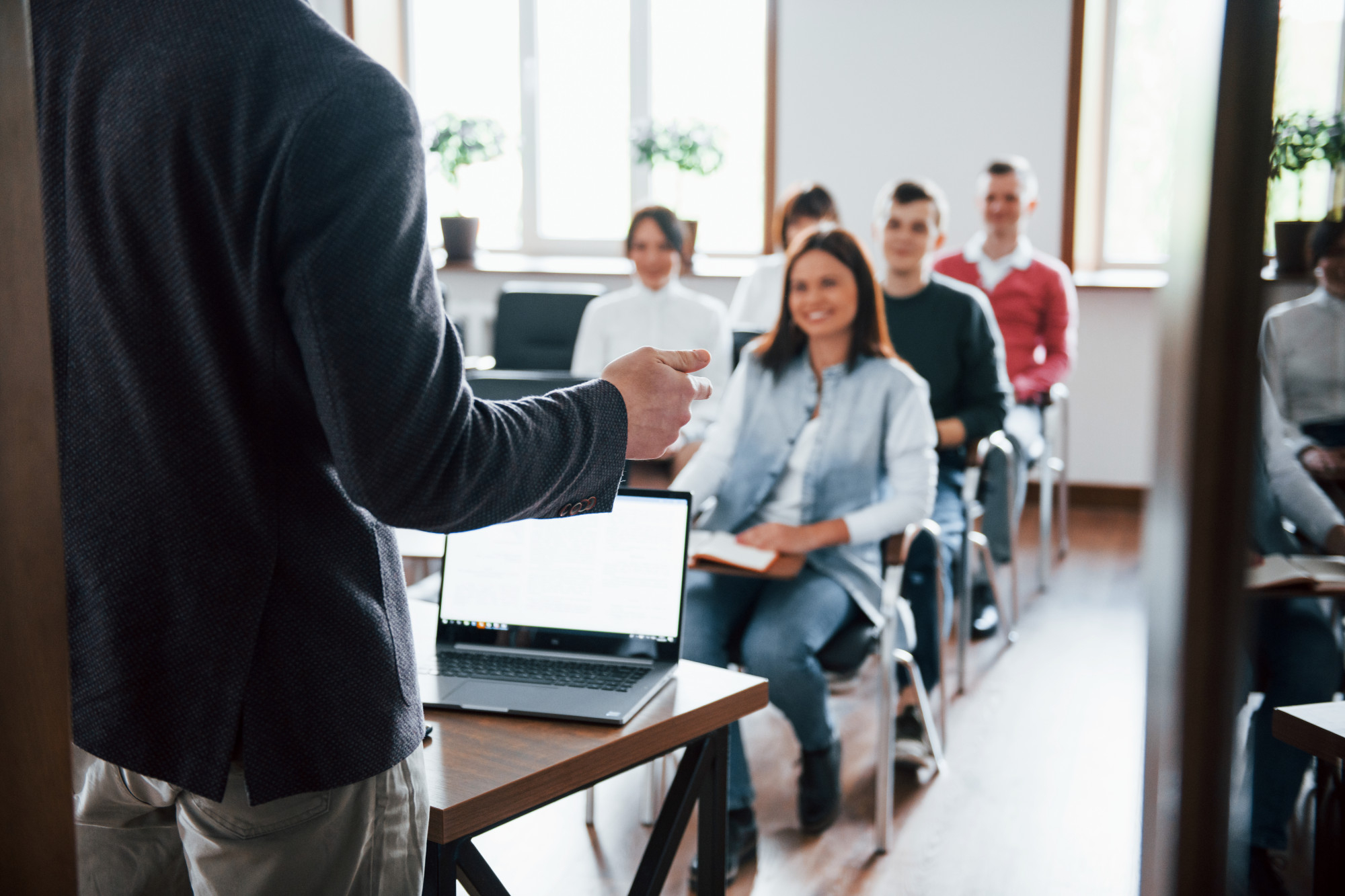
Attaché Temporaire d’Enseignement et de Recherche – Université de Lille 2 (2007-2009)
Enseignant vacataire – CREPS de Wattignies (2005-2007)
J’ai dispensé les enseignements d’Anatomie, Biomécanique, Préparation Physique, Musculation, Physiologie de l’exercice, et Gymnastique aux étudiants de promotions allant de Licence 1 à Master 2 STAPS et aux candidats préparant le Brevet d’Etat d’Educateur Sportif 1er et 2nd degré..
J’ai particulièrement apprécié transmettre des connaissances et montrer leur utilité en m’adaptant aux différents publics.
Publications scientifiques
(H-Index : 12)
Delattre, N. (2008). Similitude dynamique lors de la course à pied : Développement et validation d’un nouveau nombre adimensionnel [Thèse de doctorat, Université de Lille 2].
——-
Conférences scientifiques
Brevets







